Children’s hospitals must be designed and engineered to cater to the diverse range of pediatric services offered while continuing to meet the needs of the young patients they serve and their families. In addition to incorporating features that facilitate the treatment of complex conditions and promote collaboration among multidisciplinary care teams, designers must go beyond functionality to create holistic experiences that promote healing and instill hope.
MEP systems for healthier spaces
Robust mechanical, electrical and plumbing (MEP) systems are the backbone of any smoothly operating hospital. It is even more crucial that these systems in children’s hospitals are carefully designed and equipped to address patients’ unique health needs.
Children’s hospitals include specialized spaces, such as newborn/infant intensive care units (NICU), which require adherence to the Facility Guidelines Institute’s Guidelines for Design and Construction of Hospitals. The recommended NICU standards provide specific design requirements for spaces, such as infant resuscitation, C-section and labor delivery rooms.
Some special considerations include: providing separate medical gas and electrical outlets in delivery rooms for infants; designing low-velocity air distribution systems to minimize drafts and sound levels; ensuring maintenance of higher-than-usual space temperatures; and using indirect ambient light fixtures to avoid direct light exposure. Design requirements for special clean spaces, such as formula and human milk banks, are also noted in this standard and include the use of HEPA filters.
Infection control is also critical, especially considering young patients’ vulnerable and immunocompromised states and the extended time they spend in the hospital. Air quality and air distribution are vital to reducing infection transmission risks and keeping patients healthy. Air distribution strategies are tested through modeling simulation tools to determine an optimal HVAC solution while ensuring thermal comfort. Strategies such as displacement ventilation in large spaces like emergency department waiting rooms can efficiently reduce contaminants.
Patients and their families often venture out of their rooms for play and wellness activities, creating a need for improved air quality in outdoor areas, playrooms and physical therapy spaces. To support this requirement, many children’s hospitals install higher-grade HEPA filters in air handling systems to promote healthier environments.
Improving care and connectivity
In the fast-moving landscape of healthcare technology design, facilities face the challenge of reinforcing infrastructure to accommodate future applications while continuing to support medical care systems and patient entertainment. Selecting technologies that benefit the care team and foster comfortable pediatric healing environments are critical to a successful design.
Technology can promote a calming atmosphere and support patients and families in their healing through distraction lighting, tablet connectivity, patient education systems and gaming systems. Space and system designers need to evaluate the locations of screens and controls, viewing heights and distances, and flexibility for patients with different languages and acuities.
Ubiquitous connectivity and monitoring are an expectation because they allow young patients to move freely around the hospital to visit a playroom or the cafeteria while still being medically supervised using physiological, telemetry, ECG, EMU, EEG and seizure monitoring. Telemedicine is also a vital part of care because it keeps specialists and families connected to patients and their treatment.
Maximizing safety and comfort
Ensuring the safety and wellness of patients and their families is also an essential consideration when designing children’s hospitals. Families actively contribute to the healing of patients, so it is particularly important that designers pay keen attention to environmental systems and amenities for families. These amenities might include integrated wall outlets for device charging, separate television and entertainment devices for the pediatric patient and their family, thermal comfort, and controllable night- and reading-lights.
Safety and security are paramount in children’s hospitals and must be considered during the facility’s planning and design. Designers should incorporate technology-enabled security features, such as real-time locating systems and infant protection systems into the building’s low-voltage/technology design. Access control measures, including biometric scans and movement monitoring using artificial intelligence, are also gaining traction as proactive security measures in children’s hospitals.
Care continuity and facility resilience
Facilities serving the most vulnerable patient populations should be especially attentive to the need for resilience in all major aspects of engineering infrastructure. Optimizing a facility’s infrastructure and systems for redundancy and adaptability should be a top priority for any healthcare organization to ensure operational continuity and patient safety during natural disasters, equipment failures and even simple routine maintenance.
Climate change brings a new understanding to resilience engineering. As a foundation, designs should model future weather conditions, including gradual changes in temperature and precipitation patterns, while considering patterns of hazard-scale climate and weather events. In this context, areas to consider include emergency preparedness and response, site access and circulation, architectural design, MEP engineering, and building and civil engineering infrastructure.
By working closely with clients and end users and carefully considering the unique requirements of children’s hospitals, designers can create functional and comforting environments that truly enhance the experience for children and their families.
Abhishek Ajansondkar is a healthcare market leader and project manager at Affiliated Engineers, a consulting engineering firm. David Bourassa is a healthcare market leader and project manager with the firm.

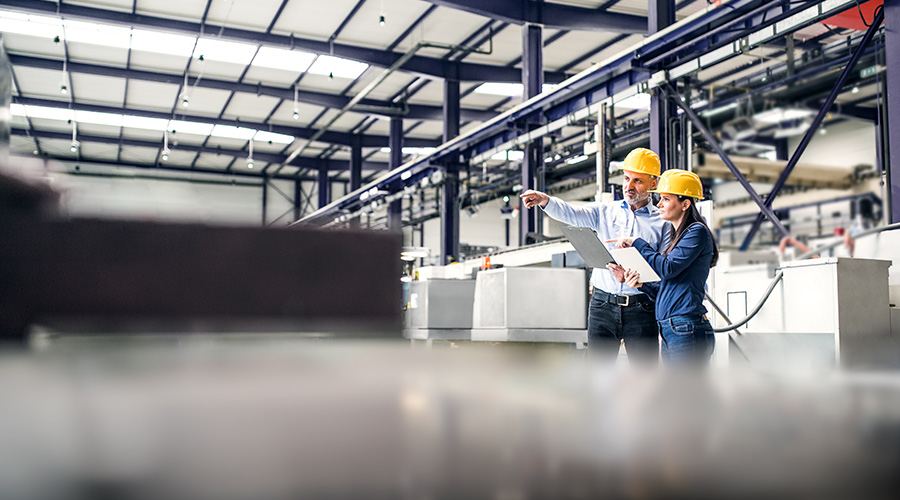 State of the Facilities Management Industry in 2025
State of the Facilities Management Industry in 2025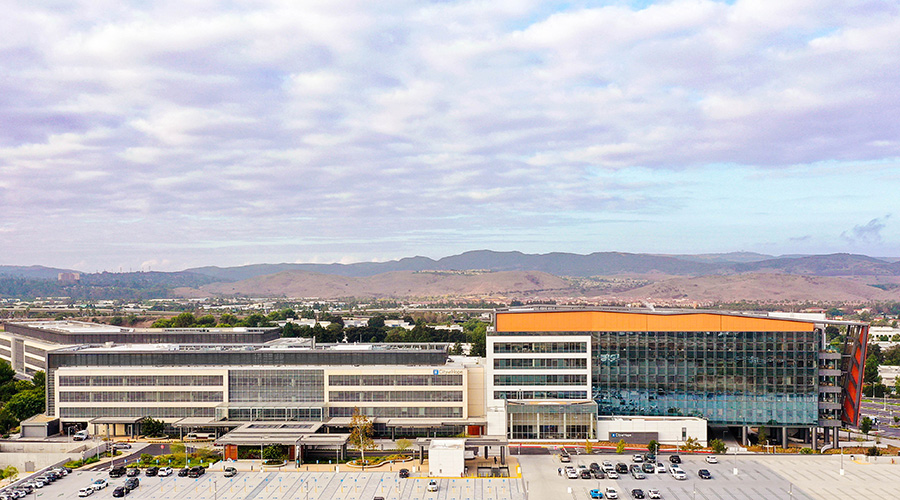 City of Hope to Open New Cancer Specialty Hospital in California
City of Hope to Open New Cancer Specialty Hospital in California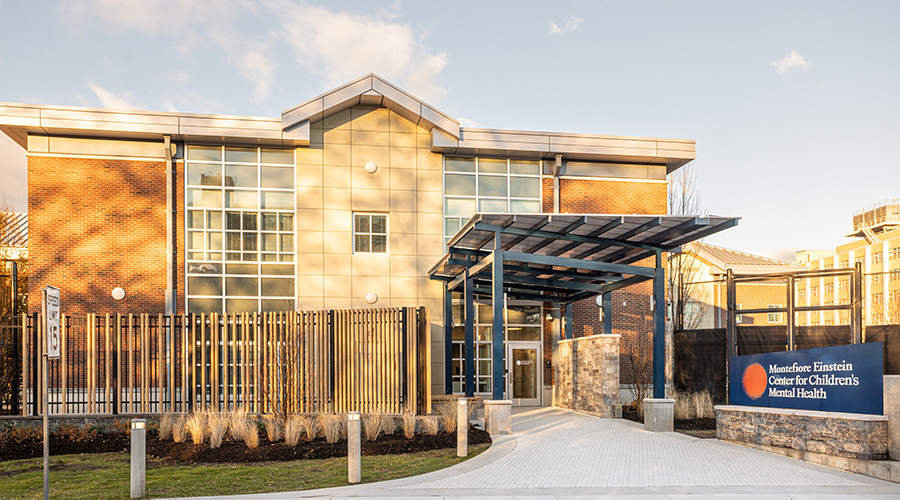 Montefiore Einstein Opening New Inpatient Center for Youth in the Bronx
Montefiore Einstein Opening New Inpatient Center for Youth in the Bronx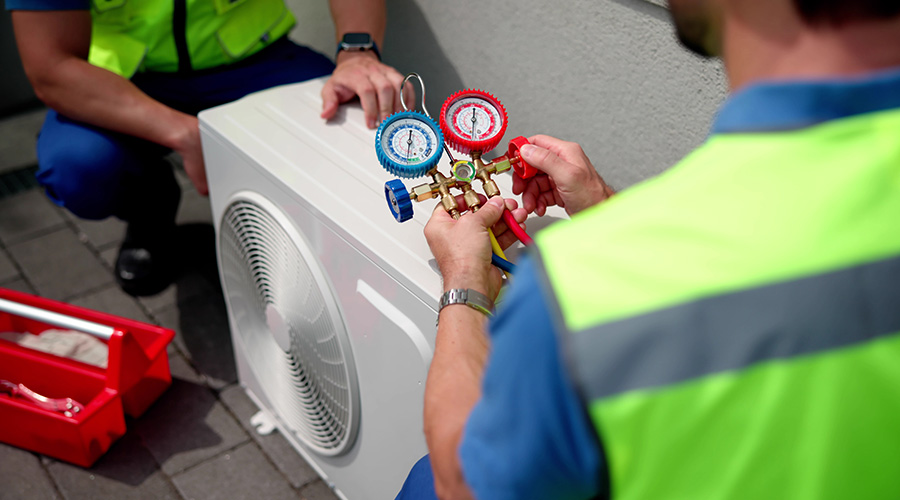 Skill Stacking: How Micro-Credentials Are Reshaping Trades
Skill Stacking: How Micro-Credentials Are Reshaping Trades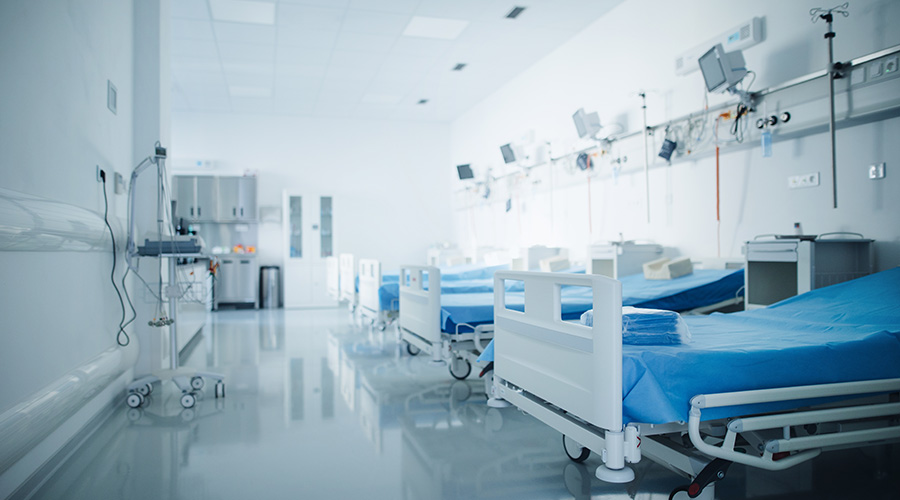 Prima Medicine Opens New Location in Tysons, Virginia
Prima Medicine Opens New Location in Tysons, Virginia